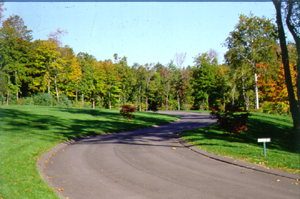Grounds
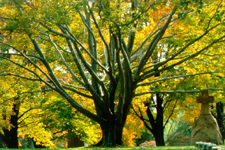 The Cemetery grounds comprise 270 acres of woodlands, fields, wetlands and ponds that attract many species of wildlife. Much of Cedar Hill’s wildlife is sustained in this natural habitat. Animals found in Cedar Hill’s wooded areas include white-tailed deer, red fox, eastern coyote, raccoon and cottontail rabbit.
The Cemetery grounds comprise 270 acres of woodlands, fields, wetlands and ponds that attract many species of wildlife. Much of Cedar Hill’s wildlife is sustained in this natural habitat. Animals found in Cedar Hill’s wooded areas include white-tailed deer, red fox, eastern coyote, raccoon and cottontail rabbit.
Cedar Hill’s songbirds include the vireo, chickadee, towhee, red-winged blackbird, catbird and yellow warbler. Canada goose, bob-white quail, ring-neck pheasant, wild turkey, mallard and wood duck are a few of the land and water fowl in Cedar Hill’s ponds and surrounds. Hawks and owls also are a common sight. Each year, the Audubon Society conducts its annual winter bird count at Cedar Hill.
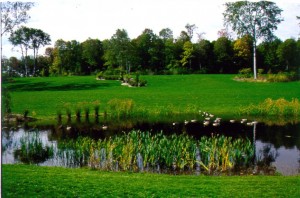 Cedar Hill’s landscape contains many notable trees, several of which are state champions. Cedar Hill is a member of the Connecticut Tree Protective Association and has been honored by that organization for its “exemplary professionalism and dedication to the protection and care of Connecticut trees.”
Cedar Hill’s landscape contains many notable trees, several of which are state champions. Cedar Hill is a member of the Connecticut Tree Protective Association and has been honored by that organization for its “exemplary professionalism and dedication to the protection and care of Connecticut trees.”
Cedar Hill’s landscape contains rare trees specifically imported for its arboretum, many of which are state champions. Chinese witch-hazel, flowering dogwood, weeping cherry, tulip, magnolia and ginkgo biloba are some of Cedar Hill’s wide variety of trees. Others are cedar, white ash, black birch, red oak, elm, hemlock, and silver, red and sugar maple. Horticulture specialists maintain an inventory of Cedar Hill’s trees to serve as an educational resource and enhance future planning of this distinguished arboretum.
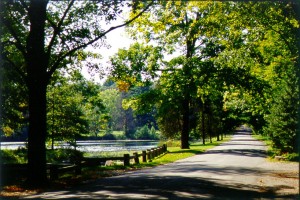 One of the most impressive feature of Cedar Hill’s landscape is the ornamental foreground, which serves to seclude the burial sections of the Cemetery from the roadway. Much of Cedar Hill’s wildlife is sustained in this natural habitat encompassing more than 65 acres of ponds and woodlands.
One of the most impressive feature of Cedar Hill’s landscape is the ornamental foreground, which serves to seclude the burial sections of the Cemetery from the roadway. Much of Cedar Hill’s wildlife is sustained in this natural habitat encompassing more than 65 acres of ponds and woodlands.
The largest waterway is Lake Llyn Mawr, which means “great lake.” Entirely man-made, Llyn Mawr covers eight acres of the foreground along the entranceway drive. As the main entrance to the cemetery grounds, the foreground later was enhanced by the Superintendent’s Cottage (1875), the Northam Memorial Chapel (1882) and the Gallup Memorial Gateway (1888).
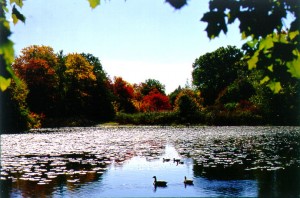 With many years ahead as an active, working cemetery, Cedar Hill has developed several new burial sections on the lower slopes of Cedar Mountain. These sections are a return to the Cemetery’s early design concepts.
With many years ahead as an active, working cemetery, Cedar Hill has developed several new burial sections on the lower slopes of Cedar Mountain. These sections are a return to the Cemetery’s early design concepts.
Graceful, curving roadways fit the contours of the land and offer picturesque views through the landscape. A chain of ponds captures water flow from the hillside and provides a scenic focal point for the entire area.
Cedar Hill welcomes visitors for nature walks, bird watching, jogging, painting, photography or other quiet recreational activities.
The beautiful landscape encourages quiet moments for reflection or meditative walks.
Read more about Cedar Hill Cemetery’s architecture and history.

